Bokan, Niblack funding bill advances
Legislation authorizing up to US$270 million of development funding at SE Alaska mine projects likely to land on governor's desk
Last updated 4/27/2014 at Noon
The Bokan Mountain and Niblack mineral projects are attracting substantial support from Alaska lawmakers. This vote of confidence may result in a financial boost needed to develop the Prince of Wales Island deposits into mines during an otherwise tight financial market.
"In southern Southeast (Alaska), we are working on legislation right now to create hundreds of new jobs at Niblack and Bokan," Alaska Gov. Sean Parnell said during an April 10 keynote address at the Arctic International Mining Symposium in Fairbanks.
Senate Bill 99, the legislation referred to by the governor, would authorize the Alaska Industrial Development and Export Authority to issue up to US$270 million in bonds to fund infrastructure and construction at Ucore Rare Metals' Bokan Mountain rare earth elements deposit and Heatherdale Resources' Niblack mine project.
Introduced by Sen. Lesil McGuire, R-Anchorage, in 2013, SB99 also aims to clarify ambiguous language associated with the Sustainable Energy Transmission and Supply Development Fund within AIDEA.
AIDEA, a public corporation created by Alaska lawmakers to promote economic development across the state, has been active in the financing of multiple capital project initiatives in the Alaska mining sector since 1985.
The Delong Mountain Transportation System, a road and port facility connecting the remote Red Dog Mine to world markets, and the Skagway Ore Terminal, a Southeast Alaska facility that ships about 40 million pounds of copper concentrates from Capstone Mining Corp.'s Minto Mine in the Yukon Territory are examples of mining-related projects the authority has funded.
"We have approximately 29 years of relationship with the mining industry through funding infrastructure, funding ports, and we also have been involved in funding (mining) facilities," AIDEA Executive Director Tom Leonard testified before an Apr. 14 Alaska House Labor and Commerce Committee hearing on HB 99.
Sen. Bert Stedman, R-Sitka, tacked two amendments onto SB 99 that would authorize AIDEA to use SETS to issue long-term bonds to finance up to US$145 million of the costs to develop the Bokan rare earth element project and US$125 million for the development of the Niblack copper-gold-zinc-silver deposit.
"Senate Bill 99 and other bills like it show the financial markets and the rest of the mining industry that Alaska is open for business," said McGuire. "These two projects will give a much-needed economic injection into Southeast Alaska in the same way the SETS fund is helping Interior Alaska with the gas-trucking project the Legislature passed last year."
Supporting Bokan
Encouraging the development of a rare earth industry in the Far North state has been a priority for McGuire and other Alaska lawmakers in both the Senate and House.
A year ago, the legislators unanimously Senate Joint Resolution 8, a measure that supports rare earth exploration and development at Ucore's Bokan Mountain project. With SB 99, the lawmakers aim to back up that show of support with a mechanism for quasi-state-owned AIDEA to finance up to US$145 million of the costs needed to develop a mine, mill and processing facility for the Southeast Alaska REE deposit.
"We thank Alaska's legislators for all of the support they've shown for the development of Bokan Dotson-Ridge," said Ucore President and CEO Jim McKenzie. "Bokan represents an unsurpassed opportunity for Alaska to furnish materials of critical importance to American national defense, energy consumption and competitiveness in high tech applications at a world level, and Alaska lawmakers have recognized this."
While the names of heavy rare earth elements such as dysprosium, terbium and yttrium have yet to become part of the common lexicon, they are increasingly surfacing in conversations among lawmakers in Juneau. This awareness in Alaska's capital stems from the growing need for the materials in military, high-technology and green energy sectors; a decreasing willingness by China to export the rare metals; and a rich supply of them at Bokan Mountain.
"It poses a huge risk to our national and energy security to be forced to rely on foreign countries for these critical minerals. That's why as a nation, we need to take a 'Made in the USA' approach to developing and producing the rare earth minerals that we have in our own backyard," said McGuire. "Closer to home, developing this mine will put our state in the driver's seat of the REE revolution while creating hundreds of jobs for Alaskans."
According to preliminary economic assessment completed late in 2012, the total cost of developing a mine and processing facility able to transform the mineralization at Bokan Mountain into the rare earth metals craved by the high-tech, defense and green industries is roughly US$221 million.
The PEA proposes a 1,500-metric-ton-per-day underground mine, a 750-tpd mill and a state-of-the-art processing facility. This operation is anticipated to produce 2,250 metric tons of rare earth oxides per year during the first five years of full production; including an annual output of 95 metric tons of dysprosium oxide, 14 metric tons of terbium oxide, and 515 metric tons of yttrium oxide.
At a 0.4 percent total rare earth oxide cut-off grade, the Dotson Zone deposit at Bokan Mountain hosts an inferred resource of 5.3 million metric tons averaging 0.65 percent total rare earth oxides.
While not particularly high grade, this deposit has two important features: roughly 40 percent of the rare earths in the resource are the higher value heavy rare earth oxides; and the REE mineralization is concentrated in a swarm of steeply dipping veins.
The stark contrast between REE-enriched veins and barren rock allows for the use of an x-ray sorter to scan mined material as it heads up a conveyor and use of a blast of high pressure air to reject REE-barren rocks before they drop into the grinder, reducing the mill feed by half.
The US$221 million of capital expenditures projected in the Bokan Mountain PEA would not only build typical mine infrastructure with the facilities needed to produce a concentrate, but would also fund the construction of a state-of-the-art separation plant capable of refining the ore mined at Bokan into the rare earth oxides coveted by automotive, high-tech, defense and green-tech industries.
"There are actually two opportunities developing REEs offer for Alaskans. One is the value of the actual minerals and the other is creating a whole new layer of the economy by refining those minerals here," said McGuire.
Understanding Niblack
Situated roughly seven miles (11 kilometers) north of Bokan Mountain, Heatherdale Resources Ltd.'s Niblack project is also set to be a beneficiary of AIDEA financing.
In October of last year, the Alaska development authority and Heatherdale entered into a memorandum of understanding to evaluate whether the authority will help develop a potential mineral processing plant and associated facilities at the Gravina Island Industrial Complex near Ketchikan.
"The Niblack project has tremendous potential economic benefit to Southeast Alaska communities, residents and business," AIDEA Executive Director Tom Leonard said at the time. "This is a unique opportunity to generate employment and economic activity on Prince of Wales Island and in the greater Ketchikan area. We are pleased to work with Heatherdale in evaluating the responsible development of this project."
If developed, the Gravina Island facility would process ore from Niblack, a prospective copper-gold-zinc-silver mine situated 40 miles (65 kilometers) southwest of Ketchikan.
Based on 373 holes drilled at Niblack, the Lookout deposit now has an indicated resource of 5.64 million metric tons averaging 1.75 grams per metric ton gold, 0.95 percent copper, 1.73 percent zinc and 29.52 g/t silver. An additional inferred resource of 3.93 million metric tons averaging 1.32 g/t gold, 0.81 percent copper, 1.29 percent zinc and 20.1 g/t silver have been identified at Lookout and the nearby Trio zone.
Heatherdale CEO Patrick Smith told lawmakers in Juneau that his company currently envisions a 1,500- to 2,000-metric-ton-per-day operation at Niblack - similar in scale to Hecla Mining Co.'s Greens Creek silver mine near Juneau.
The lack of room for the needed infrastructure at the Niblack site first prompted Heatherdale to investigate Gravina Island as a suitable location to ship the potential ore for processing.
In addition to added room, if the mill facilities were positioned at the industrial park, the lower cost of hydroelectricity is expected to offset much of the costs of barging the ore.
Located across a narrow passage from Ketchikan, regular ferry service could transport the estimated 80 mill workers from the Southeast Alaska town to the proposed Gravina mill site. This would allow these employees to go home to their families at night, an arrangement good for worker, employer and community.
Prior to its agreement with AIDEA, Heatherdale had entered into a memorandum of understanding with the Ketchikan Gateway Borough to begin investigating the suitability of the Gravina Island site for processing ore from the potential Niblack Mine. AIDEA is now involved in those discussions, and will also participate in ongoing consultation with local communities and other Niblack stakeholders.
If passed, SB99 would provide a mechanism for AIDEA to fund up to US$125 million of the infrastructure and construction costs of the mill, dock, loading and related infrastructure facilities at the Gravina Island Industrial Complex near Ketchikan, and related infrastructure at Heatherdale's Niblack project on Prince of Wales Island.
Like the road and port servicing Red Dog, the processing mill and associated infrastructure facilities at Niblack would be owned by AIDEA.
"AIDEA has successfully pursued its mandate to advance economic activity in Alaska through strategic partnerships with the mining industry on numerous occasions. I am very pleased that this committee of the legislature has taken this first step in the approval process with AIDEA for our Niblack Project," said Smith. "In partnership with local communities and public institutions, I am confident that Niblack can become an operating mine and a significant contributor to the economy of Southeast Alaska."
Benefiting SE Alaska
SB99 garnered unanimous support from the Senate during a March 26 vote and seems likely to get through the House and land on Gov. Parnell's desk for final ratification.
Passage of the bill, however, does not guarantee that either Bokan Mountain or Niblack will get funded under the provisions provided by the legislation. AIDEA also must go through its traditional project evaluation and due diligence process.
While the AIDEA board of directors will be seeking a reasonable level of comfort in the financial viability of these Southeast Alaska mines, the development authority has a higher standard for measuring success. In addition to a return on investment, an AIDEA-supported project must contribute to economic growth and have support of the local communities.
These requirements were considered by the sponsor of SB99.
"Both of these projects offer significant opportunity for employment in the Southeast region, as well as the potential for Alaska to export value added goods," McGuire said of the projects amended to SB99.
The economic benefits realized from the development of the Niblack projects would include roughly 150 high-paying mining jobs at the Prince of Wales mine and another 80 jobs at the Gravina Island processing facility. Ucore is expected to provide an additional 200 full-time jobs.
This is good news for Ketchikan, a logging town of some 8,000 people that has been seeking new sources of employment since the demise of the timber industry in the region.
During an Apr. 14 hearing before the House Labor and Commerce Committee, representatives from both mines testified to their commitment to employing the residents of Ketchikan and Prince of Wales Island.
Ucore Chief Operating Officer Ken Collison told lawmakers that local hire is a personal priority and his company is already working with local communities, educational institutions and tribal entities to prepare a local workforce for the jobs that will be created if Bokan goes into production.
"It is the right thing to do for the area but it is also the right thing to do for the mine," he responded to queries on local hire.
Heatherdale President and CEO Patrick Smith expressed similar commitments to the local communities and tribes.
Since becoming involved with Niblack in 2009, Heatherdale has maintained a commercial partnership with the Prince of Wales Tribal Enterprise Consortium - owned by the Craig Tribal Association and the Organized Village of Kasaan - to assist with supplying the manpower needs at Niblack.
Using local vendors has also been a priority for Heatherdale, which has done business with more than 60 Southeast Alaska merchants over the past five years, Smith informed lawmakers in Juneau.
In early April, City of Ketchikan passed a resolution expressing "strong support" of SB99.
"The development of these mineral resources will have a significant impact on the economies of Ketchikan, Prince of Wales Island and surrounding population centers through the creation of secure, high-paying jobs and increased demand in both the industrial support and logistics and services sectors of the economy in southern Southeast Alaska," the Greater Ketchikan Chamber of Commerce wrote in support of HB99.
A number of businesses in the region also sent letters of support for this legislation.
The Southeast Alaska Conservation Council, however, expressed concerns that AIDEA investment in and potential ownership of facilities directly related to mines that Alaska regulators are charged with overseeing would create a conflict of interest.
Addressing these concerns during testimony before the House Labor and Commerce Committee, AIDEA Executive Director Leonard pointed out that the development authority is a private corporation with an established history of responsible and ethical investment in, and ownership of, mining related facilities.
"There is a major firewall between AIDEA and its investments and any of the regulatory agencies," he testified.
"AIDEA clearly would not go to a regulatory agency and try to influence them; that is just not acceptable or, probably, legal," he added.
The House Labor and Commerce Committee Apr. 14 approved SB 99 and sent the legislation to the rules committee for further consideration. Though the legislature has run beyond the 90 days allotted, Sen. McGuire's office is hopeful the House will vote on SB 99 before ending its session.
UPDATE: SB 99 was unanimously passed by the House on Apr. 25. The legislation now heads to Gov. Parnell's office for signing.
This article was updated at 11:00 a.m, April 25.


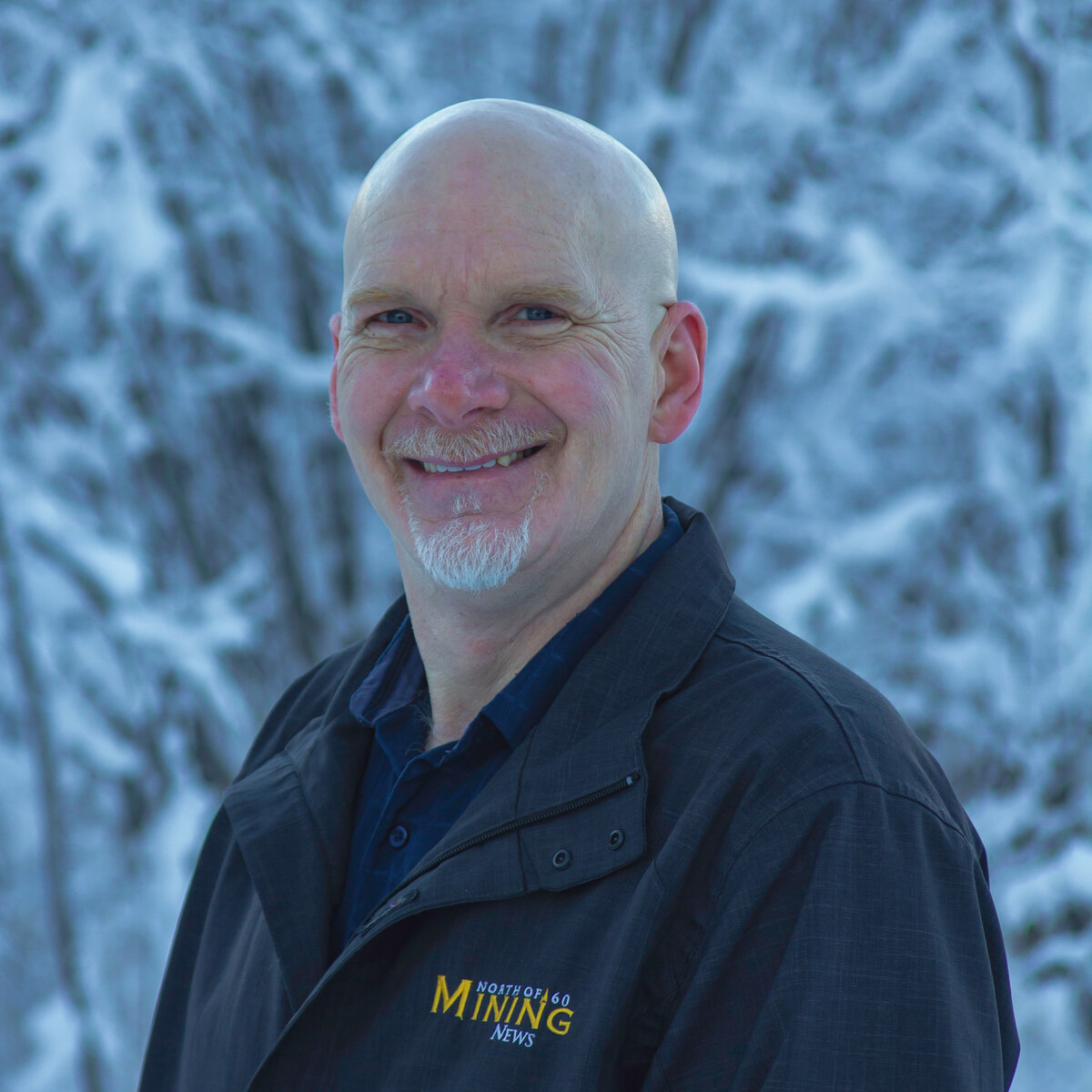





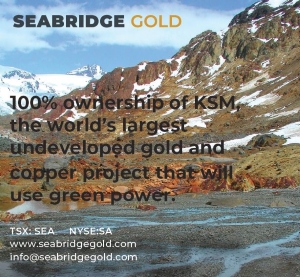

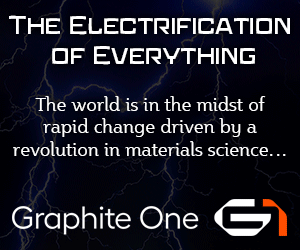
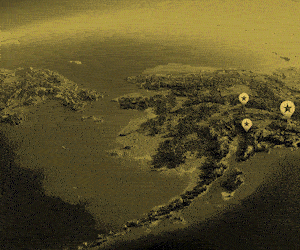
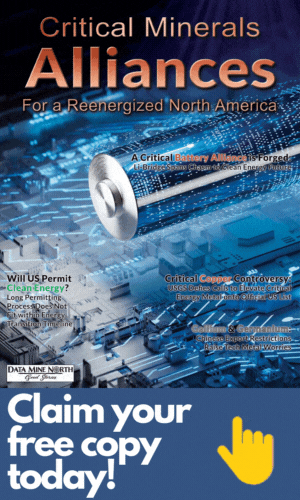
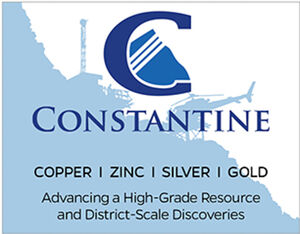

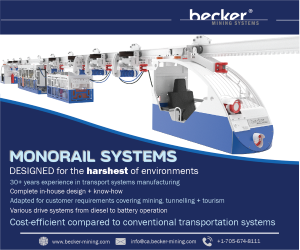


Reader Comments(0)